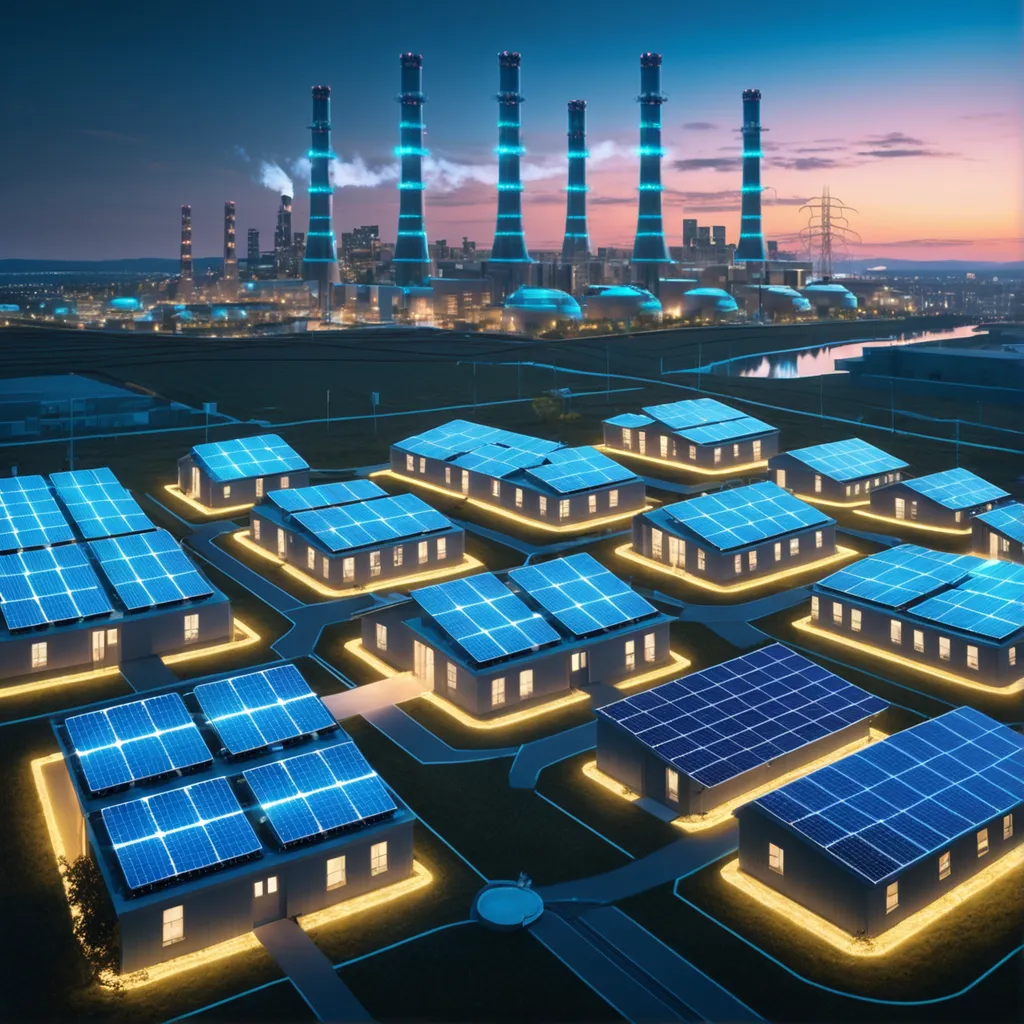Blockchain Pushes U.S. Grid Decentralization, Boosts Resiliency
Planck

- Blockchain enables tokenized incentives for energy contributions, decentralizing the grid.
- Proposal aligns with Trump administration's AI energy modernization goals.
Blockchain technology is bringing new momentum to the modernization of the U.S. energy grid, promising to decentralize infrastructure and enhance resiliency. Venture capitalist Cosmo Jiang of Pantera has proposed a blockchain-based model that incentivizes individuals to adopt solar panels and home batteries, allowing them to monetize their energy contributions. Implementing token systems within blockchain frameworks can significantly reduce reliance on centralized systems and foster bottom-up participation in energy distribution.
This decentralized strategy closely aligns with the Trump administration's "America's AI Action Plan," unveiled on July 23, 2025. The action plan targets the U.S. power grid as a cornerstone to support booming energy requirements, including those from AI-driven industries. Key measures include streamlining permits for energy projects, while the plan also prioritizes grid reliability through redundancy and diversifies energy sources like nuclear power. By eliminating bureaucratic hurdles and accelerating infrastructure development, the administration aims to position the U.S. as a global leader in modernized energy solutions.
Jiang’s grassroots approach to energy decentralization complements the administration’s top-down push for large-scale infrastructure expansion, as both strategies underscore the urgent need for a robust, adaptable grid that can meet growing demands. While Jiang focuses on empowering individuals with blockchain-enabled energy contributions, the AI Action Plan emphasizes national-level initiatives to power technological innovation. Together, they represent converging efforts to ensure efficiency, reliability, and sustainability in the U.S. energy landscape.
Get the latest news in your inbox!
